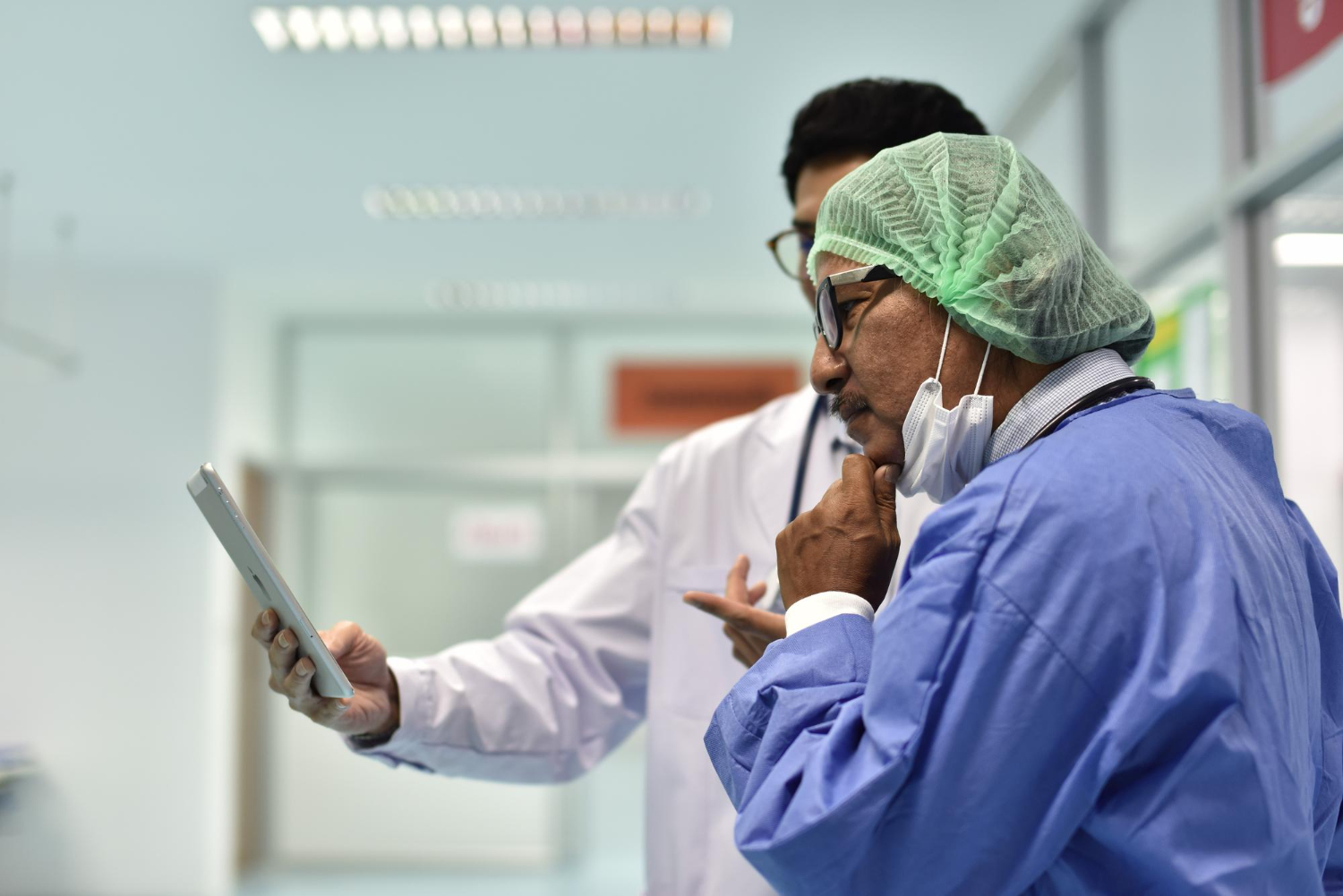
India’s Transformed Health Infrastructure
India’s healthcare landscape has undergone a remarkable transformation under the current administration, establishing itself as a global leader in health infrastructure development. Union Health Minister JP Nadda recently highlighted this evolution during the inauguration of two government medical colleges in Madhya Pradesh, emphasizing how India’s health infrastructure has become more robust than several other countries.
The transformation represents a fundamental shift in approach, moving away from traditional healthcare models toward a more comprehensive and preventive system. This strategic change has positioned India at the forefront of modern healthcare delivery, setting new benchmarks for developing nations worldwide.
Key Infrastructure Achievements
The current government’s healthcare achievements extend beyond mere facility expansion. The focus has been on creating a sustainable ecosystem that addresses healthcare needs at multiple levels, from primary care to specialized treatment facilities. This holistic approach has resulted in improved healthcare accessibility, especially in underserved regions.
Medical College Expansion in Madhya Pradesh
New Medical Institutions Launch
The inauguration of two government medical colleges in Sheopur and Singrauli districts marks a significant milestone in Madhya Pradesh’s healthcare development. Each college offers 100 MBBS seats, directly contributing to the state’s medical education capacity and addressing the growing demand for qualified healthcare professionals.
This expansion brings the total number of state-run medical institutions in Madhya Pradesh to 19, while the overall medical seat count has reached 2,775. This represents a substantial increase in medical education opportunities, particularly benefiting students from rural and tribal areas who previously had limited access to medical education.
Strategic Location Selection
The selection of Sheopur and Singrauli districts for these medical colleges demonstrates the government’s commitment to addressing healthcare disparities in tribal-dominated regions. These areas have historically faced challenges in accessing quality healthcare services, making the establishment of medical colleges particularly impactful for local communities.
Shift from Curative to Preventive Healthcare
Policy Transformation Under Modi Government
Health Minister Nadda emphasized a crucial policy shift that distinguishes the current administration from previous governments. The traditional healthcare approach focused primarily on curative aspects, concentrating resources on treatment after illness occurred. This reactive model has been transformed into a proactive preventive healthcare system.
The preventive healthcare approach encompasses multiple initiatives designed to maintain health and prevent disease occurrence. This paradigm shift has proven more cost-effective and sustainable, reducing the overall burden on healthcare systems while improving population health outcomes.
Fit India Campaign and Lifestyle Changes
The Fit India campaign exemplifies this preventive approach, encouraging citizens to adopt healthier lifestyles. The campaign’s recommendation for a 10 percent reduction in oil consumption addresses dietary factors contributing to non-communicable diseases. Such initiatives demonstrate how policy-level changes can influence individual health behaviors on a national scale.
Digital Innovation and Senior Citizen Welfare
Vaya Vandana Cards Distribution
The distribution of Vaya Vandana cards for senior citizens represents a significant step toward inclusive healthcare. These cards provide elderly citizens with enhanced access to healthcare services, ensuring that age-related healthcare needs are addressed comprehensively.
Smart Chatbot Technology
The introduction of smart chatbot technology as a digital innovation showcases the government’s commitment to leveraging technology for healthcare delivery. This digital tool enhances healthcare accessibility by providing immediate responses to health queries and guidance on healthcare services.
Tribal Community Healthcare Focus
Chief Minister Yadav’s emphasis on tribal welfare highlights the government’s commitment to addressing healthcare inequities. The establishment of medical colleges in tribal-dominated regions ensures that indigenous communities receive adequate healthcare attention and opportunities for medical education.
Healthcare Equity Initiatives
The focus on tribal healthcare represents broader efforts to achieve healthcare equity across diverse populations. By establishing medical facilities in previously underserved areas, the government addresses historical healthcare disparities and ensures inclusive development.
Public-Private Partnership Model
PPP Agreements for Medical Colleges
The signing of agreements for establishing medical colleges through Public-Private Partnership (PPP) models in Dhar, Betul, Panna, and Katni districts demonstrates innovative financing approaches. This model leverages private sector efficiency while maintaining public sector oversight.
Affordable Healthcare Access
The PPP model ensures that 75 percent of seats in these hospitals remain accessible to economically disadvantaged populations. This approach balances commercial viability with social responsibility, ensuring that healthcare expansion doesn’t compromise affordability.
Future Healthcare Development Plans
District Hospital Transformation
The government’s plan to develop all district hospitals into medical colleges represents an ambitious expansion strategy. This comprehensive approach ensures that healthcare education and services are distributed across the state rather than concentrated in urban centers.
Sustainable Growth Model
The commitment to providing land for medical colleges at nominal rates (Re 1) demonstrates the government’s dedication to sustainable healthcare expansion. This approach reduces initial investment barriers while ensuring long-term healthcare infrastructure development.
Healthcare Outcomes and Impact
The transformation has yielded measurable results, with institutional delivery reaching 89 percent and significant reductions in maternal and infant mortality rates. These improvements reflect the effectiveness of preventive healthcare policies and infrastructure development initiatives.
The establishment of Ayushman Arogya Mandirs further strengthens the healthcare delivery system, providing comprehensive primary healthcare services at the community level. These facilities serve as the foundation for the preventive healthcare approach, ensuring early intervention and health maintenance services.

Leave a Reply